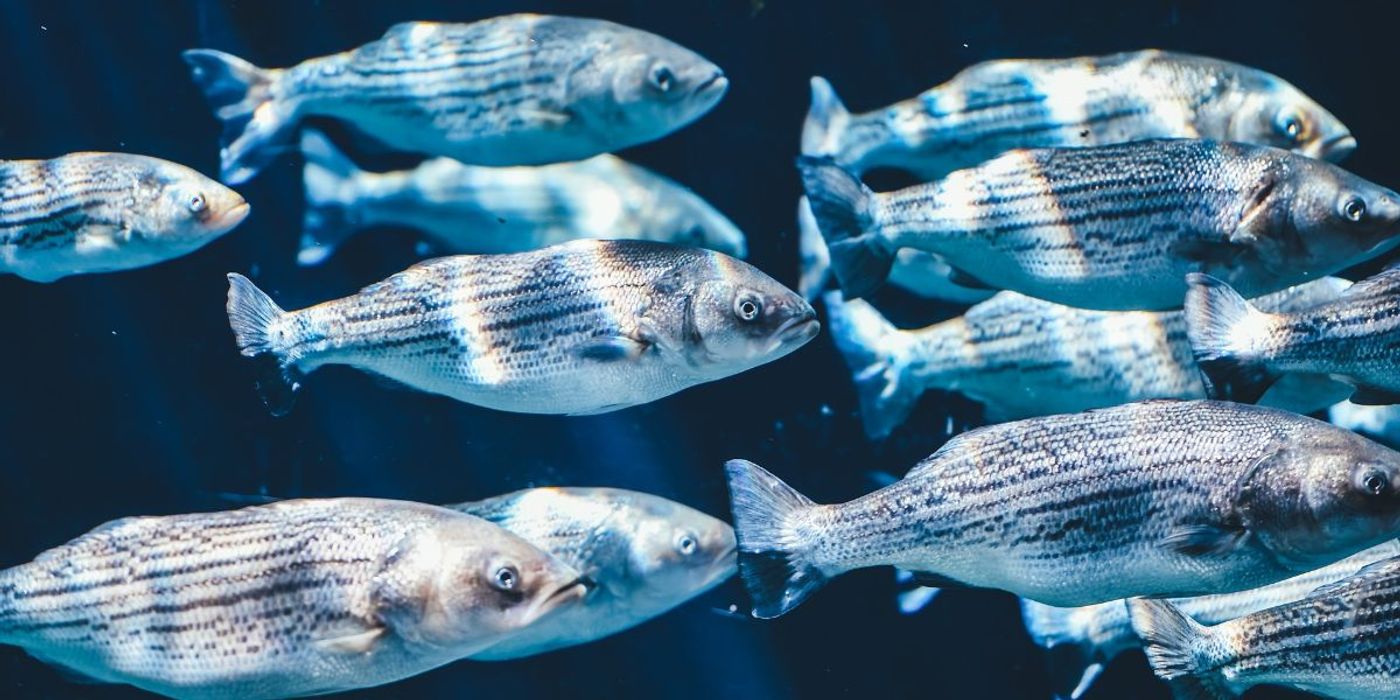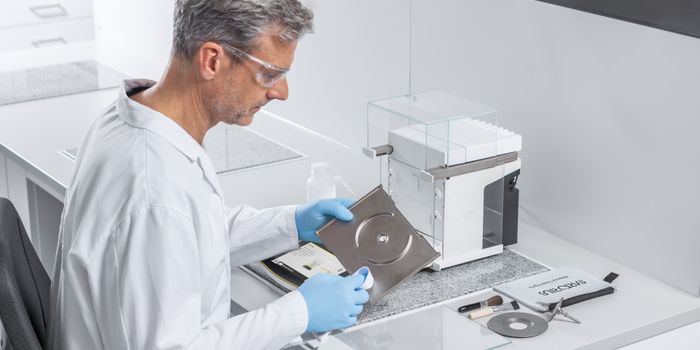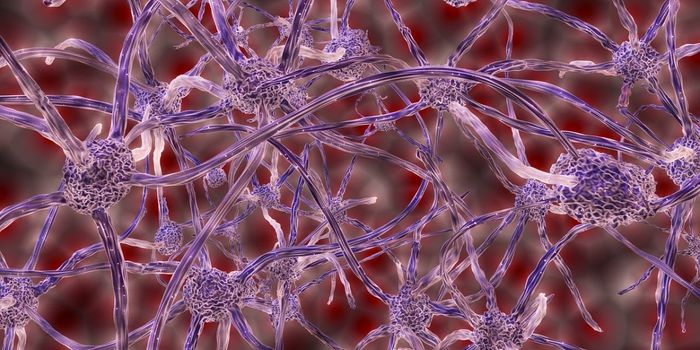Schools of Fish Inspire 'Microswimmers' that Could Revolutionize Drug Delivery
When 'microswimmers'- microscopic objects that can move in liquid environments- move in the same direction inside a narrow channel, their cargo capacity increases ten-fold. The findings, which have implications for drug delivery systems and materials with active coatings, were published in Physical Review Letters.
A visit to an aquarium inspired the present study. There, physicist Arnold Mathjissen and his colleagues noticed how large schools of swimming fish seemed to carry small particles of debris alongside them in a process called hydrodynamic entrainment. As an object moves through a liquid, it generates a flow that causes nearby objects to be dragged alongside it.
"We were wondering, as the fish in the aquarium are swimming forward, does a particle also get dragged forwards, or is it pushed backwards by their tails?" said Mathijssen. "Our central question was if these guys move things forward or not, and the hypothesis was that, if we can see this happening in the aquarium, maybe this is applicable under a microscope as well."
The researchers set up experiments using synthetic microswimmers- self-propelled droplets of oil and surfactant- to answer this question. In doing so, they were able to measure the strength of flows created by each swimmer and the amount of material that they could carry as they traveled through a two-dimensional channel.
Once they collected this data, they created a theoretical model to explain their findings. They found that the capacity of individual microswimmers could be increased by 10 times when they swam in the same direction through a narrow channel. They also found that the particles moved much faster than expected.
"If you are in a three-dimensional world, the energy you inject into your system gets spread out in all directions. Here, where it gets focused into a two dimensional plane, the strength of the flows is larger. It's almost as if you have a wake at the front and the back, so the effect is twice as strong, effectively," said Matijseen.
The researchers found that this effect remained over long distances, even in systems with a low Reynolds number, a value used to predict liquid flow patterns. Whereas systems with low Reynolds numbers have a smooth, laminar flow, those with higher values are more turbulent.
In future experiments, the researchers hope to see how the effect works in systems with higher Reynolds numbers. It is thought that fish rely on a similar effect when they swim close to each other in large schools, and thus the scientists suspect that a similar effect may be at play in microscopic systems too.
"The grander picture in terms of physics is to see how individual active components can work together in order to give rise to a shared functionality, what we call emergent phenomena, at a macroscopic scale," said Mathijssen.
"And there, there is no rule book, there are no laws of physics as of yet that describe these systems that are out of equilibrium, so there are fundamental theoretical physics questions that remain to be answered," he added.
Sources: Physical Review Letters, Science Daily









